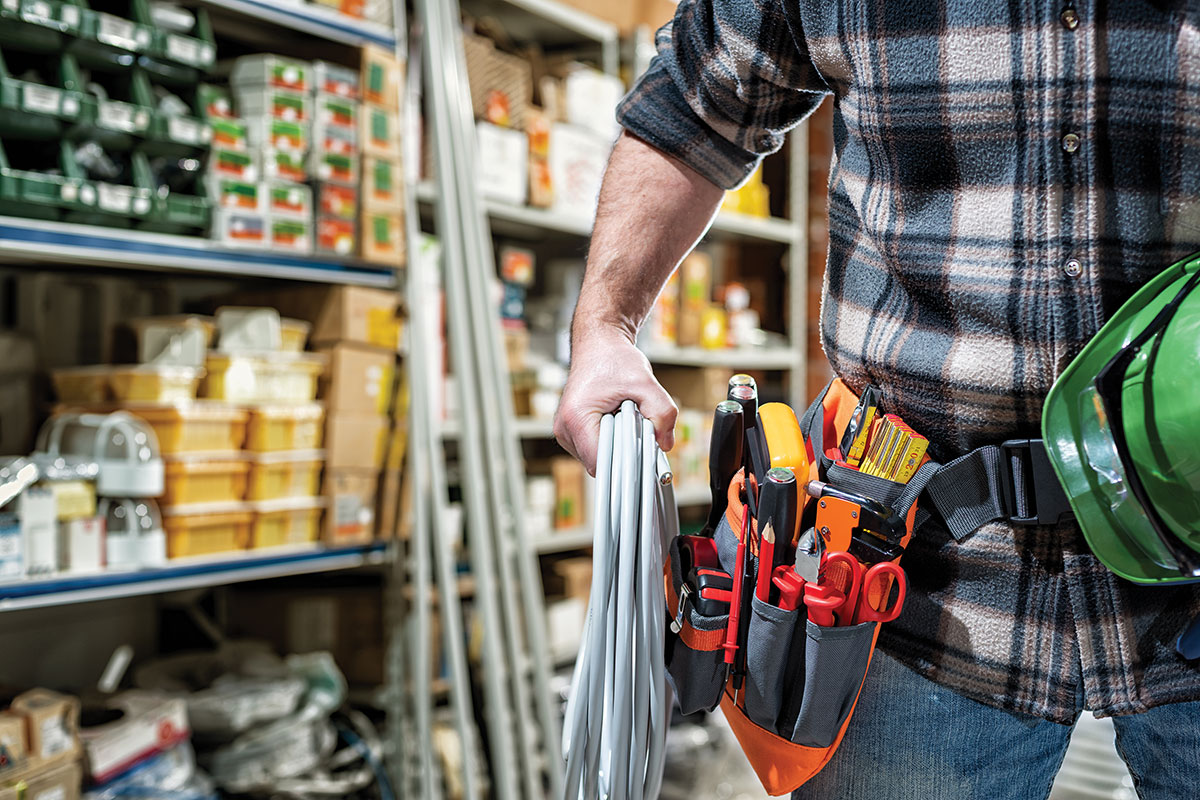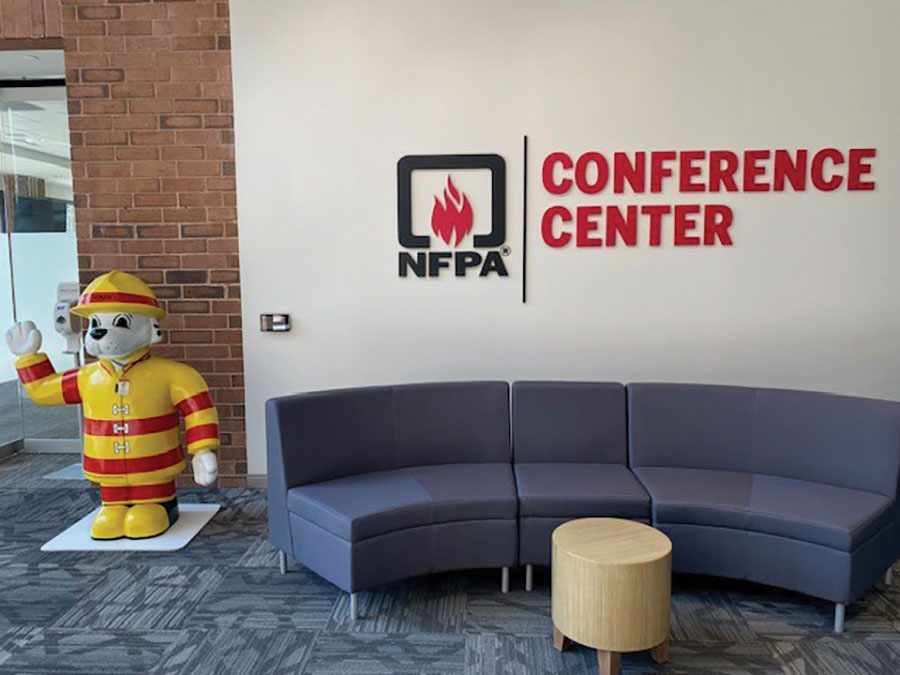So says Warren Buffett, one of the world’s most successful investors. His biography underlines this belief by telling how, since age 11, he has studied investing, fervently. He “looks at stocks as business, uses the market’s fluctuations to advantage, and seeks a margin of safety.”
Know what you’re doing — not a bad lesson for us. At least I’ve found that continually adding to my knowledge keeps me alert and helps me to avoid errors better. That same concept underlies IAEI’s focus on CEU training and the huge emphasis placed on the Certified Electrical Inspector programs in the United States and Canada.
Most writers in this issue focus on increasing our knowledge and applying it to installations and inspections and to examining current codes and making proposals for revisions or additions. Others apply the concept to investment, family safety, and training our successors.
Installations and Inspections
Christel Hunter reminds us that in electrical work “every connection is critical, because every connection has the potential to fail and create an outage or start a fire.” Then she shares how one can use best practices to avoid poor connections.
Steve Vidal examines the core transformer principles. “In astep-uptransformer, the voltage and impedance from primary to secondary are stepped up, while the current is stepped down. In astep-downtransformer, the voltage and impedance from primary to secondary are stepped down, while the current is stepped up.” Then he shows us the math, with easy-to-follow formulas and examples.
Steve Foran says that “safety leaders know that they must always be diligent and never take for granted the good fortunate of their safety performance. Simple question: What do you get when someone takes for granted a safety system, whether that is an inspection, a mechanical interlock, a design standard or an operating procedure? Answer: You have an accident waiting to happen.”
Jonathan Cadd, ever intrigued by history, walks us through the alternating vs. direct current chronicles. He emphasizes that the symbiotic relationship between AC and DC undergirds current technology and on-site generation methods. Those of us who may not know much about DC can depend on Jonathan to fill in the gaps.
Randy Hunter urges that equipment grounding conductors be thoroughly inspected and completely made up on the rough inspection. Then he explains the marking of grounded conductors.
Current Code and Proposals
IAEI Northern New Jersey and IEEE member, Thomas Rorro considers “the requirements for bonding in 2011National Electrical Code(NEC) 250.104, Bonding of Piping Systems and Exposed Structural Steel.” After he presents a complete analysis and evidence, he suggests a code change proposal.
John Wiles writes that “NEC690.64(B)(2)/705.12(D)(2) are written as an unrestricted requirement for sizing conductors and busbars fed from multiple sources. The conductor or busbar is protected for any combination of loads and/or multiple sources and locations of loads or sources connected to the busbar or conductor. It would appear that the existingCodemight be overly restrictive.”
Les Stoch reasons that “Rule 14-100 has requirements for reducing wire sizes connected to splitters, junction boxes and for control circuits such as pushbutton stations. The rule prescribes the minimum construction requirements for mechanical protection and maximum unprotected lengths of conductors so as to produce a safe installation. The rule is consistent in its overall requirements except for Sub-rule 100(d), which appears to be totally at odds with the remainder of the rule.”
“Any electrical design and installation is based on a number of conditions. Traditionally, such conditions include reliability, performance and economics,” explains Ark. Tsisserev. “Usually these conditions are dictated by the clients, who want such installations to function in a dependable manner and to be economically feasible. But regardless of the client’s criteria, one condition that must be consistently met by the design and installation issafety.This, latter condition is mandated by the appropriate codes and standards adopted for regulatory purpose in each jurisdiction where installation takes place.”
Investments, Family Safety and Successors
Jesse Abercrombie explores three common investment risks and shows us how by understanding them we can act responsibly and reduce their impact.
After reporting the sobering 2009 statistics of deaths, injuries and property damage resulting from fires, Allen Wright points out that the difference between death and survival in a fire is knowing what to do, preparing for disaster and practice. He offers 10 ways to protect your family from fires.
Thomas Domitrovich reports that “West Virginia IAEI recognized an opportunity to be a leader in safety through involvement with the SkillsUSA program in their state . . . to create a program that would challenge and educate the best of the best in West Virginia. . . . This was an opportunity to drive the importance of workmanship and code-compliance that these individuals will take with them into the field.”
Not knowing, then, increases risk — whether in games of chance, adventure sports, investments or ensuring electrical safety. So let’s learn together at IAEI seminars, whether in the classroom or online, at IAEI meetings, and in the Certified Electrical Inspector programs in the United States and Canada.Together, we really can make a difference!










Find Us on Socials